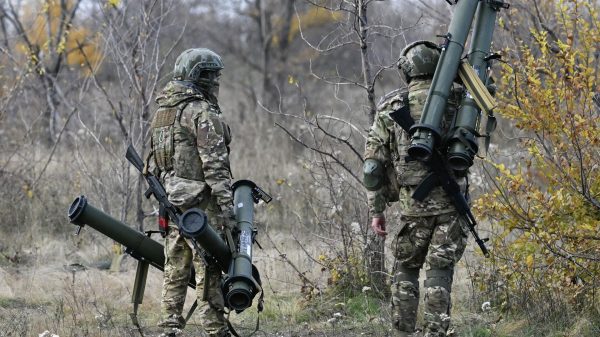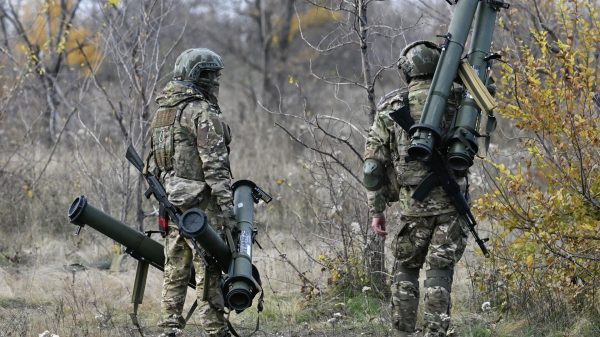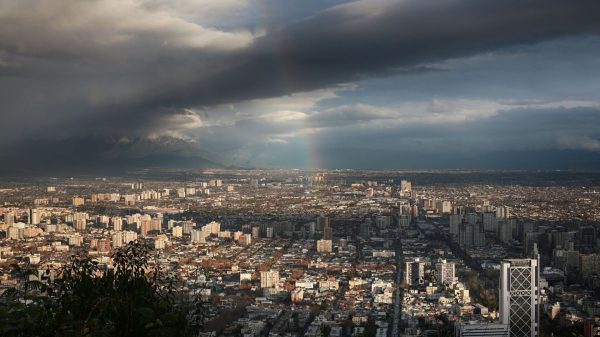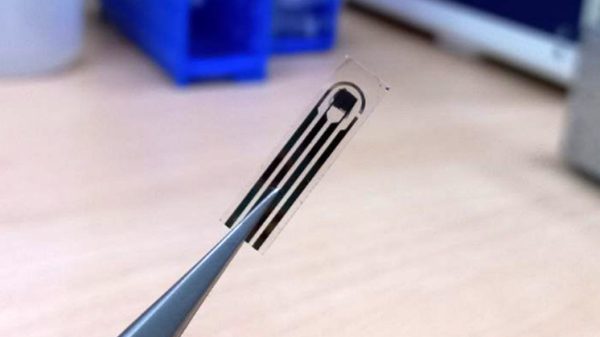
A group of geologists in Dunedin are hoping to reduce climate-damaging emissions by drilling deep into an extinct 11-million-year-old volcano below the South Island city to harness its heat.
Dr Mike Palin and Otago University colleagues are exploring whether the heat could be a viable energy resource, “thereby reducing carbon-based fuel consumption and consequent greenhouse gas emissions”.
Geologists hope to drill two bores through the veneer of sedimentary rock, 500 metres deep into the volcano, and are seeking backing for the NZ$1m (US$700,000) project from the government’s Smart Ideas programme.
New Zealand introduces bill for zero carbon emissions by 2050
Read more
The wells, one in central Dunedin and another by the harbour, would enable the heat flow from the magma to be monitored, providing data on whether there is sufficient heat to be tapped into.
The energy would be captured by pumping water underground in a loop, and then being used to heat buildings.
“We don’t want to oversell this until we know more,” Palin told the Guardian, “[but] even if we find out our extinct volcano isn’t as hot as we think it is, certainly the idea can be utilised elsewhere”.
New Zealand sits in what is called the Ring of Fire, a 40,000 km horseshoe-shaped area in the Pacific Ocean that is home to more than 90% of the world’s volcanoes.
The country has pledged to reach zero-net carbon emissions by 2050. For the proposed heat extraction plan to work, scientists will need to assess how hot it is under the volcano’s surface but Palin thinks it’s likely to be “pretty hot”.
“You can burn yourself on something that is 50°C … [and] we would say it’s likely that, at 1km depth, we will encounter rock that is 50-100°C,” said Palin.
Palin described his craft as “geologic detective work”, and pointed out their estimates were drawn from clues in surface lava and findings from two wells previously drilled in the region “that all indicate that there is a hot body of rock beneath our feet”.
While geothermal energy typically calls to mind vigorous surface hot springs, much of that same energy lies not far beneath the surface, said Palin. “There are lots of places where heat is at a relatively shallow depth, within a kilometre of the surface. That can be utilised.”























































Свежие комментарии